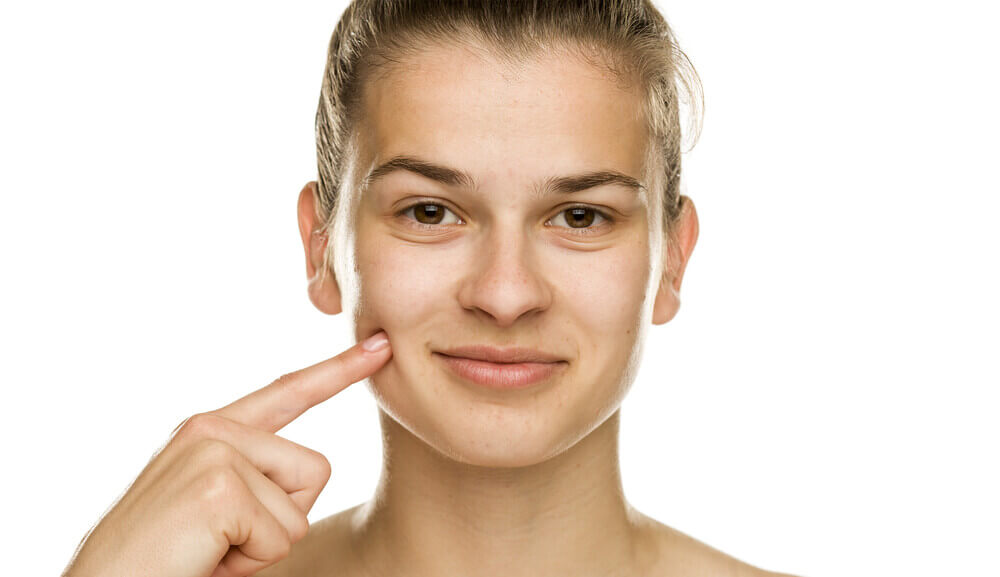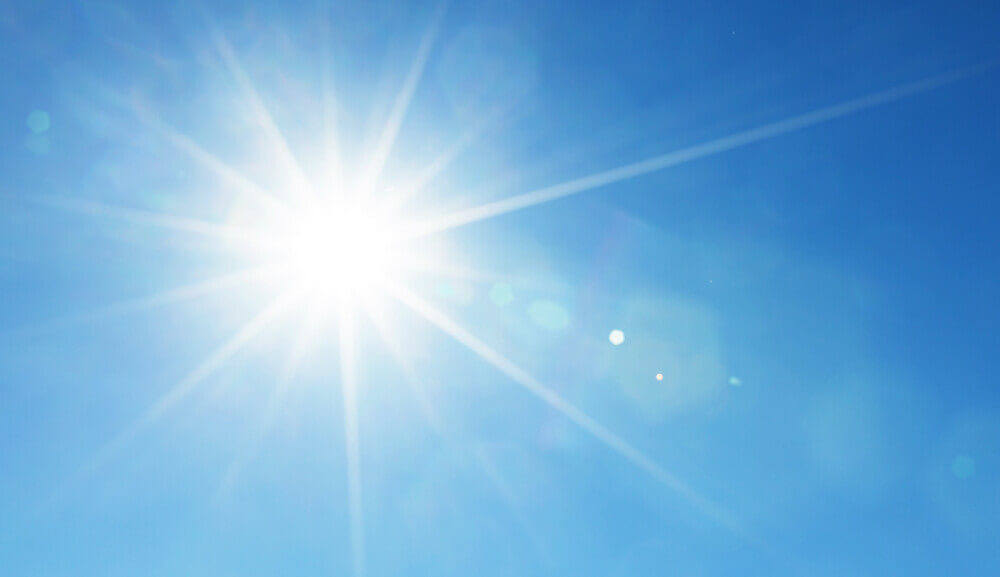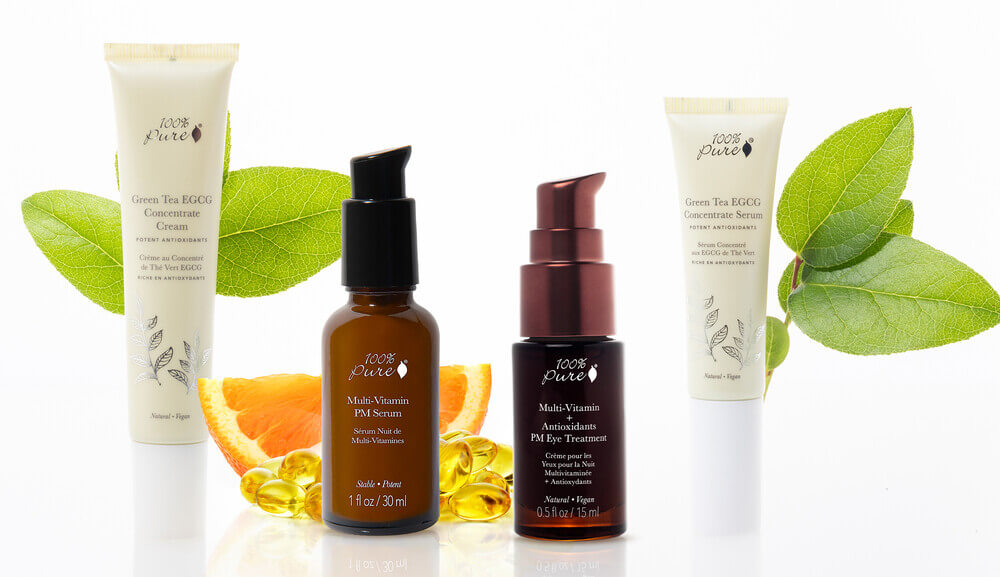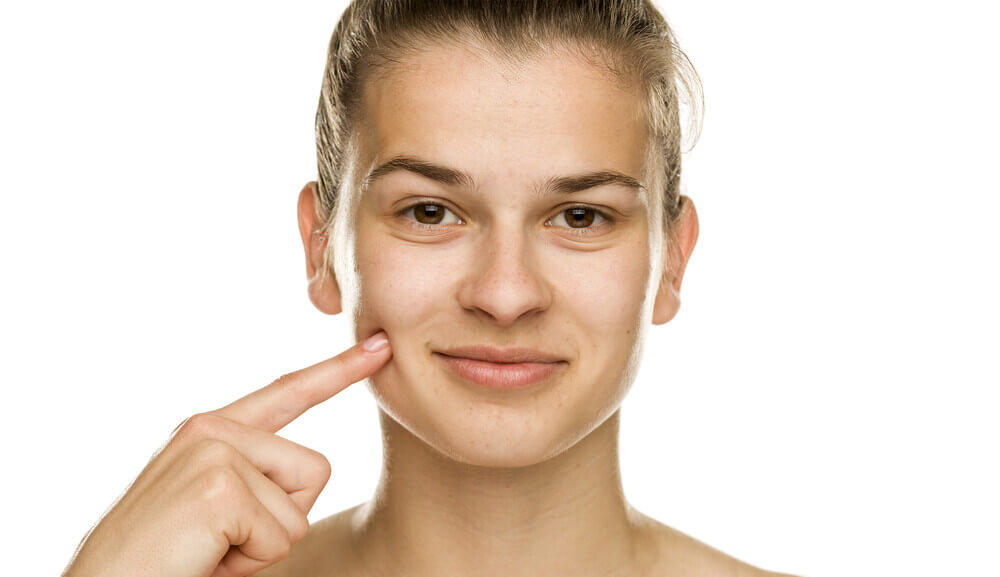When aging skin is natural, and when it’s a sign of something more sinister
Posted on January 12, 2024 Written by: 100% PURE ®

The O word…we’re all avoiding it. While we appreciate having the time to get old, looking old is a different story. But looking old while we’re still young? Horrifying. It’s almost like we notice the age spots and fine lines overnight, and by then it’s an uphill battle to slow them down.
Rather than making “age” a dirty word, let’s learn instead to watch for signs of premature aging. This way we can address issues as they arise, especially if it’s still early enough to do something about them.
We’re not all living the same lives, so naturally our aging won’t follow the same schedule.
So how do we know if we’re going through premature aging? At the cellular level, it’s when our skin is older than we are! Hard to imagine that being possible, so let’s compare using fruits. A bunch of bananas picked on the same day will ripen differently if one bunch is left outside in the sun, while the other is stored indoors in a cool, dark place.
Turns out our skin isn’t so different from bananas. Our lifestyles, our habits, and the way we care for our skin determines how much of its youth we maintain, or how mature our skin cells become. But physically, how does premature aging skin look?
Taking a look at our skin, we might not notice signs of aging skin right away. Some of them are more subtle, while others could be obvious.
As we age, some of these changes are natural or expected; others are things we’re hoping to prevent, regardless of our current age. We have to look at our skin as a photo album that shows what life we’ve lived and what kind of lifestyle we’re leading. Here are the 7 signs to look for that indicate prematurely aging skin:
Dull skin
One of the first signs of premature aging is the loss of that natural glow to the skin. If our skin isn’t healthy, it won’t look radiant. It may look sallow, flat, or shadowed.
Dry skin
Once our skin becomes dull, we might notice a shift in skin types. Where we might have had normal or even oily skin, all of a sudden our skin may become tight, dry, and thirsty.
Age spots
The skin can develop age spots quite early, especially with excessive sun exposure or lack of proper sun protection. We’ll start to really notice these as we age, causing discoloration on the skin that lingers and doesn’t seem to diminish with targeted products.
Visible pores
As our skin slowly becomes more imbalanced, we may start to notice our pores more. They even may start to enlarge as the lack of balance and nourishment in our skin starts to progress.
Rough skin
With dryness and enlarged pores often comes textured looking skin. Rather than smooth skin, we’ll just notice small bumps, flaking, and enlarged pores.
Uneven skin tone
Dryness, roughness, and texture often lead to flaking skin, poor skin hygiene, or uneven skin tone. In addition to breakouts, blemishing and tonal issues tend to become more prevalent.
Fine lines & wrinkles
These are the most common (and most notorious) signs of aging. By the time we see the fine lines growing around our eyes, forehead and mouth, most of the other signs of premature aging have already begun. A specialized skin care routine can address many of the issues that aging skin types face.

Wait, how did we get here? Premature aging skin can seem to happen overnight. As we touched on before, it is our lifestyle and daily habits that can determine how our skin feels and looks. Skin is our biggest organ and deserves perhaps the most support, yet we often neglect it or take it for granted.
Sun exposure is one of the leading causes of premature aging. While we all love a bronzed glow and an irresistible summer tan, we’re well aware of the risks. Unfortunately, the sun is simply too powerful to maintain a constant tan – either via beach or tanning bed. Because this type of severe UV exposure can not only speed up cell aging but cause skin damage, we truly can’t recommend staying away from it enough.
Pollution plays a huge role in the way our skin ages. In addition to being linked to conditions like dermatitis, eczema, psoriasis and even acne, the toxins in our environment can not only cause premature aging skin but skin cancer as well.
Most pollution in our environment is outside of our control but for some of us, we’ve chosen our own poison. Cigarette smoke and secondhand smoke are terrible for the skin and can actually speed up the natural aging process of our skin cells. These types of pollutants often cause gaunt features, exaggerated lines in the skin, skin dullness and significant discoloration.
A final main contributor to premature aging is lifestyle and genetics. Naturally, we are predisposed to certain skin conditions and skin behaviors. And while we can , that does only go so far.
What makes it more challenging is that most of us struggle with maintaining a “perfect,” lifestyle: staying hydrated, getting a full night’s rest, maintaining a low-sugar and balanced diet, and caring for our skin properly. It’s truly a full-time job.
These lifestyle components combined mean that even without trying, we already have to play catch-up with our skin if we want to diminish the risk of premature aging.

While there’s no way to permanently stop aging, we can slow it down and even reverse it a bit using nature and science.
For the eyes:
They say the eyes and hands are the first to show age, so we’re spotlighting this tantal-eyes-ing, award winning eye oil.
This formula is potent enough to diminish puffiness, discoloration, and fine lines but gentle enough not to irritate the eyes. Jojoba, vitamin C, and green tea oils all contain antioxidants that can improve the appearance of premature aging skin.
For dry skin and fine lines:
Talk about a wow-moment. Loaded with antioxidant-rich green tea and acai, this serum is called concentrate for a reason. These active ingredients penetrate the skin to boost elasticity and firmness. Super fruit extracts and hydrating rose provide lasting moisture that’s won’t look shiny or greasy.
For pores and textured skin:
Sometimes, the best skin treatments come with the simplest formulas – and boy does this balm pack a punch. Rejuvenating retinol and fatty acids from sunflower and olive oils restore elasticity and bounce, to diminish the appearance of fine lines. Restorative vitamin E helps to improve skin tone for deep hydration, glow, and improved complexion overnight.
For age spots:
When we say this does it all, we aren’t exaggerating. Superstar niacinamide neutralizes UV damage, lessens the appearance of enlarged pores, and improves texture. Then there’s vitamin C to boost firmness and glow. Hydrating hyaluronic acid and rosehip oil pair with powerhouses retinol and vitamin E… let’s just say, signs of premature aging WILL be addressed.
What are the most common signs of premature aging?
The most common signs of premature aging include fine lines and wrinkles, especially around the eyes and mouth, uneven skin tone or hyperpigmentation, dry or dehydrated skin, loss of skin elasticity, dull skin, visible pores, and thinning of the skin.
How do fine lines and wrinkles indicate premature aging?
Fine lines and wrinkles are among the earliest signs of premature aging. They often appear due to reduced collagen and elastin in the skin, which can be accelerated by factors like sun exposure, smoking, and poor diet.
Can lifestyle choices impact the onset of premature aging?
Absolutely. Lifestyle choices play a significant role in premature aging. Sun exposure without protection, smoking, excessive alcohol consumption, poor diet, lack of sleep, and high-stress levels can all contribute to early signs of aging.
What role does sun exposure play in premature aging?
Sun exposure is a major culprit in premature aging. UV rays can break down collagen and elastin fibers, leading to wrinkles, fine lines, and changes in skin texture and color. Wearing sunscreen daily, even on cloudy days, is crucial in preventing these effects.
How does smoking contribute to premature aging?
Smoking accelerates the aging process of the skin by impeding blood flow, which deprives the skin of essential nutrients and oxygen. It also damages collagen and elastin, leading to wrinkles, particularly around the mouth and eyes.




